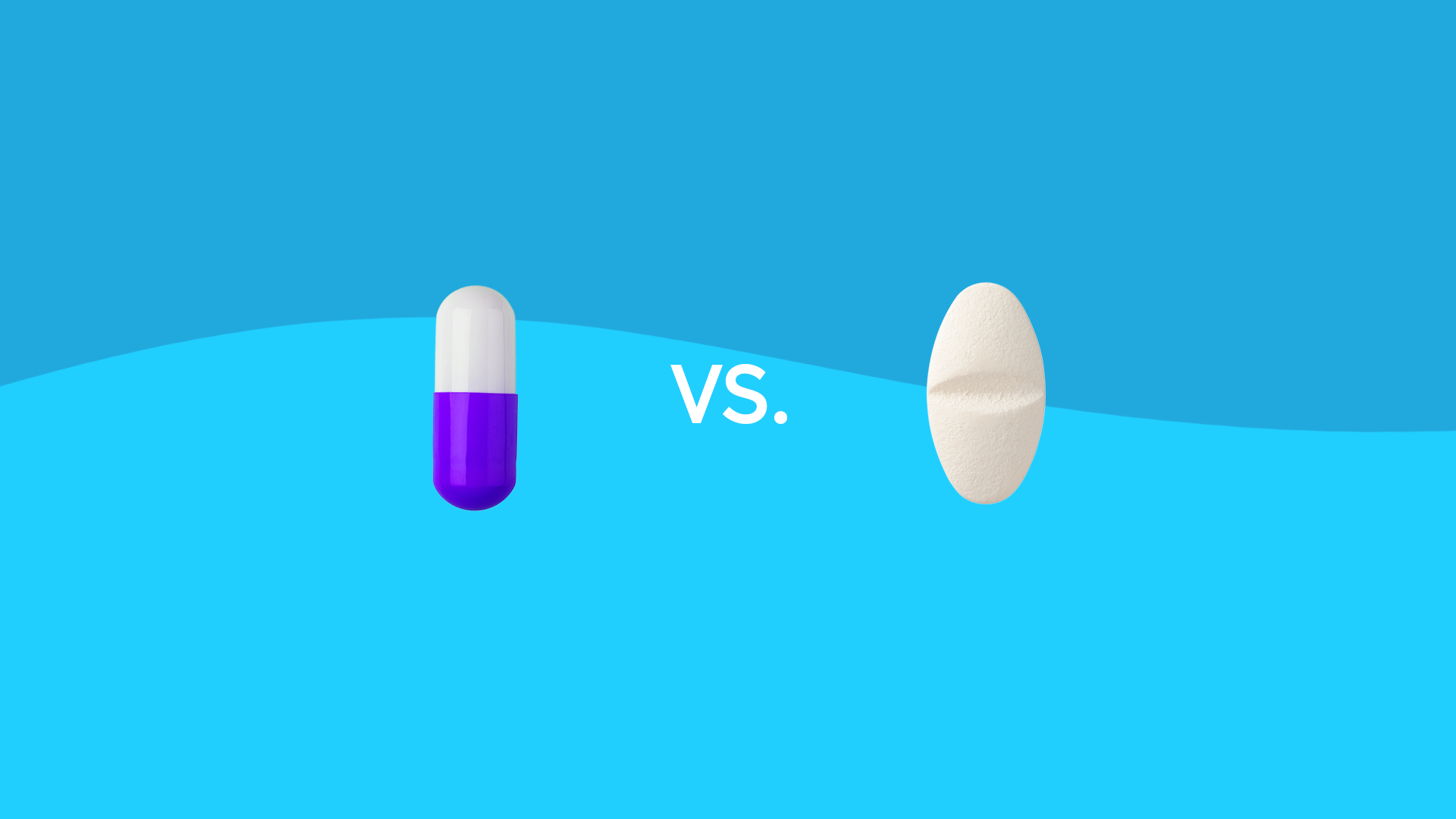Mark Halsey is a licensed therapist, founder, and chief editor of Clean Break Recovery. With over a decade of addiction treatment experience, Mark deeply understands...Read more
When it comes to ADHD treatments, stimulants have long been the go-to option for many. But what if you are looking for a non-stimulant treatment? One of the most popular non-stimulant treatments available is Strattera. So let’s take a closer look at what Strattera is, how it works, and if it is the right treatment option for you.

What is Strattera?
Strattera (atomoxetine) is a non-stimulant medication used to treat attention-deficit/hyperactivity disorder (ADHD). It is believed to work by increasing levels of norepinephrine, a neurotransmitter in the brain that is involved in regulating attention and behavior. Strattera is not a stimulant and should not be confused with medications like Ritalin or Adderall, which are stimulants. Strattera is only available by prescription and is usually taken once or twice daily for up to 18 months.
How does Strattera Work?
Strattera works by increasing levels of norepinephrine in the brain. Norepinephrine is a neurotransmitter that is involved in regulating attention and behavior. Strattera is believed to improve symptoms of ADHD by increasing norepinephrine levels and improving communication between brain cells. It is not known exactly how Strattera works, but it is believed to improve focus and reduce impulsive behavior in people with ADHD.
What are the Benefits of Strattera?
Strattera is a non-stimulant medication that is believed to be effective in treating symptoms of ADHD. It is generally well-tolerated, and has fewer potential side effects than stimulants. It also has a longer duration of action than some other ADHD medications, so it only needs to be taken once or twice daily. Strattera is not a controlled substance and does not have the potential for abuse or addiction, which is a major benefit.
What are the Side Effects of Strattera?
Strattera can cause a variety of side effects, including nausea, decreased appetite, dizziness, dry mouth, constipation, and fatigue. It can also cause more serious side effects such as increased blood pressure, changes in heart rate, and changes in mood. It is important to talk to your doctor about any side effects that you experience while taking Strattera.
What is the Recommended Dosage of Strattera?
The recommended starting dose of Strattera is 40mg taken once daily or twice daily. Your doctor may adjust your dose as needed. It is important to take Strattera exactly as prescribed by your doctor. Do not stop taking Strattera without talking to your doctor first.
What are the Precautions with Strattera?
Strattera should not be used in people who are allergic to atomoxetine or any other ingredients in the medication. It should also not be taken by people who have narrow-angle glaucoma, a serious heart condition, or an overactive thyroid. Talk to your doctor about any other medications or supplements you are taking before starting Strattera.
Frequently Asked Questions
What is Strattera?
Strattera is a non-stimulant medication used to treat Attention-Deficit/Hyperactivity Disorder (ADHD). It is a selective norepinephrine reuptake inhibitor (SNRI) that works by increasing the concentration of the neurotransmitter norepinephrine in the brain. This helps improve focus and decrease impulsivity in people with ADHD. Strattera does not contain any of the stimulant ingredients commonly found in ADHD medications, such as amphetamine or methylphenidate.
How does Strattera work?
Strattera works by increasing the concentration of norepinephrine in the brain. Norepinephrine is a neurotransmitter that helps regulate attention, focus, and impulsivity. By increasing the amount of norepinephrine in the brain, Strattera helps improve focus and decrease impulsivity in people with ADHD.
Is Strattera a Non Stimulant?
Yes, Strattera is a non-stimulant medication and does not contain any of the stimulant ingredients commonly found in ADHD medications, such as amphetamine or methylphenidate.
What are the side effects of Strattera?
The most common side effects of Strattera include nausea, decreased appetite, dizziness, tiredness, and insomnia. Other less common side effects include abdominal pain, constipation, headache, increased heart rate, irritability, and weight loss.
Who should not take Strattera?
Strattera should not be taken by people with certain medical conditions, including glaucoma, bipolar disorder, heart problems, kidney problems, liver problems, or a history of drug abuse. It should also not be taken by people taking certain medications, such as MAO inhibitors or SSRIs. People who are pregnant or nursing should not take Strattera.
What is the recommended dosage of Strattera?
The recommended starting dose of Strattera for adults is 40 mg taken once a day in the morning. For children, the recommended starting dose is 0.5 mg/kg/day, which can be increased up to 1.2 mg/kg/day at a rate of 0.5 mg/kg/day every week. Your doctor may adjust your dose as needed to find the best dose for you.
Strattera
Strattera is a non-stimulant medication that has proven to be an effective treatment option for Attention Deficit Hyperactivity Disorder (ADHD). It is a safe and effective alternative to stimulant medications, with fewer side effects. Strattera helps improve focus, behavior, and overall functioning in people with ADHD, allowing them to lead a more productive and fulfilling life. With its proven efficacy and low risk of side effects, Strattera is a viable option for treating ADHD and should be considered for those who are looking for a non-stimulant medication.
Mark Halsey is a licensed therapist, founder, and chief editor of Clean Break Recovery. With over a decade of addiction treatment experience, Mark deeply understands the complex needs of those struggling with addiction and utilizes a comprehensive and holistic approach to address them. He is well-versed in traditional and innovative therapies, including cognitive-behavioral therapy, motivational interviewing, and mindfulness-based interventions.
More Posts